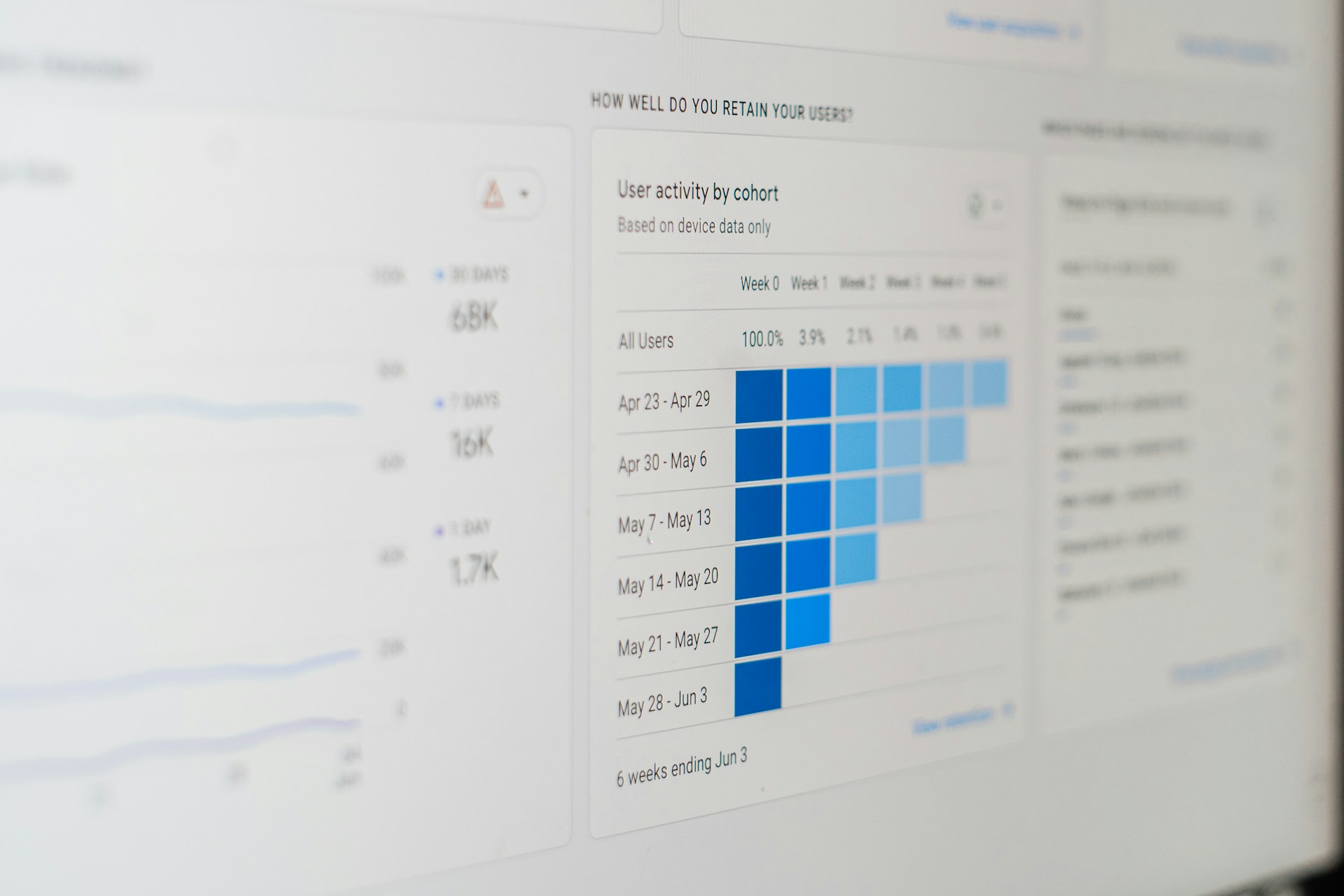Small business loan requirements in the USA have evolved to balance lender risk management with accessibility for qualified entrepreneurs seeking growth capital. Understanding these requirements helps business owners prepare comprehensive applications while choosing appropriate funding sources that align with their financial profiles and business objectives.
The landscape of small business lending encompasses traditional bank loans, SBA-backed financing, alternative lenders, and online platforms, each featuring distinct qualification criteria and documentation requirements. Success in securing favorable financing depends on understanding lender expectations while presenting business cases that demonstrate repayment capability and growth potential.
Stay organized as you grow. Use ProInvoice to manage billing and client relationships with ease.
Modern lenders increasingly rely on comprehensive financial analysis that extends beyond credit scores to include cash flow patterns, industry trends, and business model sustainability. Companies maintaining professional financial documentation through organized systems, including reliable invoice management platforms, often experience smoother application processes and improved approval rates.
Essential Qualification Criteria for Business Loans
Credit Score Requirements and Financial History
Individual and business credit scores represent fundamental qualification factors that significantly impact loan approval odds and interest rate terms across all lending categories.
Personal Credit Score Standards: Most traditional lenders require personal credit scores of 650 or higher for favorable terms, while SBA loans may accept scores as low as 600 with compensating factors. Alternative lenders sometimes approve applicants with scores in the 500-600 range but typically charge higher interest rates.
Business Credit Profile: Established businesses benefit from strong business credit scores that demonstrate payment reliability with suppliers and vendors. Building business credit through trade lines and business credit cards helps separate personal and business financial profiles.
Credit History Analysis: Lenders evaluate credit histories for patterns of responsible borrowing, payment consistency, and debt management rather than focusing solely on current scores. Recent negative events may require explanation letters and documentation of improved circumstances.
Income and Cash Flow Documentation
Demonstrating consistent income and positive cash flow represents the most critical factor in loan approval, as lenders prioritize repayment capacity over collateral value in most business lending decisions.
Revenue Requirements: Traditional bank loans typically require minimum annual revenues of $100,000-250,000, while SBA loans may accept lower revenue levels with strong cash flow patterns. Alternative lenders sometimes approve businesses with $50,000+ annual revenue.
Cash Flow Analysis: Lenders analyze cash flow patterns to ensure businesses can service debt payments while maintaining operational requirements. Positive cash flow for 12-24 months strengthens applications significantly.
Financial Statement Preparation: Professional financial statements including profit and loss statements, balance sheets, and cash flow projections demonstrate business sophistication and provide lenders with comprehensive financial analysis.
SBA Loan Programs and Requirements
SBA 7(a) Loan Qualifications
The SBA 7(a) loans offer favorable terms and flexible use provisions, making them attractive for various business purposes including working capital, equipment purchases, and real estate acquisition.
Size Standards: Businesses must meet SBA size standards based on industry classification, typically including companies with fewer than 500 employees or annual revenues under $7.5 million, though standards vary by industry.
Owner Equity Requirements: SBA loans typically require owner equity investments of 10-15% for existing businesses and 15-25% for new businesses, demonstrating owner commitment and reducing lender risk.
Use of Proceeds: SBA 7(a) loans support various business purposes including equipment purchases, working capital, inventory, real estate, and business acquisitions, but cannot fund passive investments or speculation.
SBA Express and Microloans
The SBA Express loans provide faster processing for smaller amounts, while microloans serve very small businesses and startups requiring limited capital.
Express Loan Benefits: SBA Express loans up to $500,000 feature streamlined processing with 36-hour SBA responses, though lenders receive reduced guarantee percentages that may affect approval criteria.
Microloan Programs: SBA microloans up to $50,000 serve startups and very small businesses, often featuring more flexible credit requirements and providing technical assistance alongside financing.
Traditional Bank Loan Requirements
Commercial Bank Lending Criteria
Traditional banks offer competitive rates for well-qualified borrowers but maintain strict underwriting standards that require strong financial profiles and established business histories.
Relationship Banking: Banks prefer lending to existing customers with demonstrated banking relationships, deposit accounts, and payment histories that provide insights into business financial management.
Industry Experience: Lenders favor businesses in industries where they have lending experience and understanding, while avoiding sectors considered high-risk or unfamiliar to their underwriting teams.
Collateral Requirements: Traditional bank loans often require business assets or personal guarantees as collateral, though SBA backing can reduce collateral requirements for qualifying transactions.
Documentation and Application Process
Comprehensive documentation demonstrates business professionalism while providing lenders with information necessary for informed approval decisions.
Financial Documentation: Three years of tax returns, financial statements, bank statements, and accounts receivable/payable aging reports provide comprehensive financial pictures for underwriting analysis.
Business Plan Requirements: Detailed business plans including market analysis, competitive positioning, and financial projections demonstrate planning sophistication and growth strategy clarity.
Legal Documentation: Articles of incorporation, operating agreements, licenses, permits, and contracts provide legal foundation verification that supports lending decisions.
Alternative Lending Options
Online Lenders and Fintech Platforms
Alternative lenders offer faster approval processes and more flexible qualification criteria, though typically at higher interest rates than traditional banking options.
Technology-Driven Underwriting: Online platforms use automated underwriting systems that analyze bank account data, transaction patterns, and business performance metrics for rapid approval decisions.
Revenue-Based Financing: Some alternative lenders offer revenue-based financing that adjusts payments based on business performance, providing flexibility during seasonal fluctuations or economic uncertainty.
Invoice Factoring Integration: Businesses using professional invoice systems often qualify more easily for alternative financing options that analyze receivables patterns and payment histories.
Equipment Financing and Asset-Based Lending
Specialized financing options serve specific business needs while using business assets as collateral to reduce lender risk and improve approval odds.
Equipment Financing Benefits: Equipment loans use purchased equipment as collateral, often featuring competitive rates and terms that match equipment useful life periods.
Asset-Based Credit Lines: Credit lines secured by inventory, receivables, or other business assets provide working capital flexibility while offering better rates than unsecured options.
Application Strategy and Preparation
Financial Organization and Presentation
Professional financial presentation significantly impacts lender perception while demonstrating business sophistication that supports approval decisions.
Record-Keeping Systems: Organized financial records including invoices, expense receipts, and bank statements demonstrate business professionalism while facilitating faster underwriting processes.
Professional Preparation: Working with accountants or financial advisors to prepare loan packages ensures comprehensive documentation while presenting information in formats lenders expect.
Timing Considerations: Applying for loans during strong financial periods with positive trends improves approval odds while demonstrating business stability and growth potential.
Lender Selection and Comparison
Choosing appropriate lenders based on business characteristics and financing needs improves approval odds while ensuring competitive terms and conditions.
Lender Specialization: Some lenders specialize in specific industries, loan sizes, or business types, making them more likely to understand and approve applications from their target markets.
Term Comparison: Comparing interest rates, fees, repayment terms, and prepayment provisions across multiple lenders ensures optimal financing arrangements for specific business needs.
Relationship Potential: Consider long-term banking relationships and additional services when selecting lenders, as ongoing relationships often provide benefits beyond initial loan approvals.
Common Application Mistakes and Solutions
Documentation and Presentation Issues
Incomplete or poorly organized applications frequently result in delays or rejections that could be avoided through proper preparation and attention to detail.
Incomplete Applications: Missing documentation, unsigned forms, or inconsistent information create delays while raising questions about business organization and attention to detail.
Financial Inconsistencies: Discrepancies between tax returns, financial statements, and bank records require explanation and may indicate accounting issues that concern lenders.
Unrealistic Projections: Overly optimistic financial projections without supporting analysis reduce credibility while raising questions about business planning sophistication.
Credit and Financial Profile Problems
Addressing credit issues and financial weaknesses proactively improves application strength while demonstrating problem-solving capability that lenders value.
Credit Report Errors: Reviewing and correcting credit report errors before applying prevents avoidable rejections while improving credit scores and lending terms.
Debt-to-Income Concerns: Reducing existing debt levels before applying improves debt-to-income ratios while demonstrating financial discipline and repayment capacity.
Cash Flow Seasonality: Explaining seasonal business patterns and cash flow variations helps lenders understand normal business cycles rather than viewing fluctuations as problems.
Conclusion: Securing Business Financing Success
Small business loan requirements reflect lenders’ need to balance risk management with growth capital provision for qualified businesses. Understanding these requirements helps entrepreneurs prepare strong applications while selecting appropriate financing sources that align with their business characteristics and funding needs.
Success in business lending depends on maintaining professional financial records, building strong credit profiles, and presenting comprehensive business cases that demonstrate repayment capability and growth potential. Professional financial management through organized systems supports these efforts while improving application strength.
For businesses seeking to strengthen their loan applications, utilizing comprehensive invoice management solutions demonstrates financial organization and professionalism that lenders value when evaluating business sophistication and management capability.
Focus on building strong financial foundations, maintaining excellent credit profiles, and developing comprehensive business plans that support financing requests with realistic projections and clear repayment strategies. With proper preparation and lender selection, qualified businesses can secure favorable financing that supports growth objectives while maintaining financial stability.
Stay organized as you grow. Use ProInvoice to manage billing and client relationships with ease.














